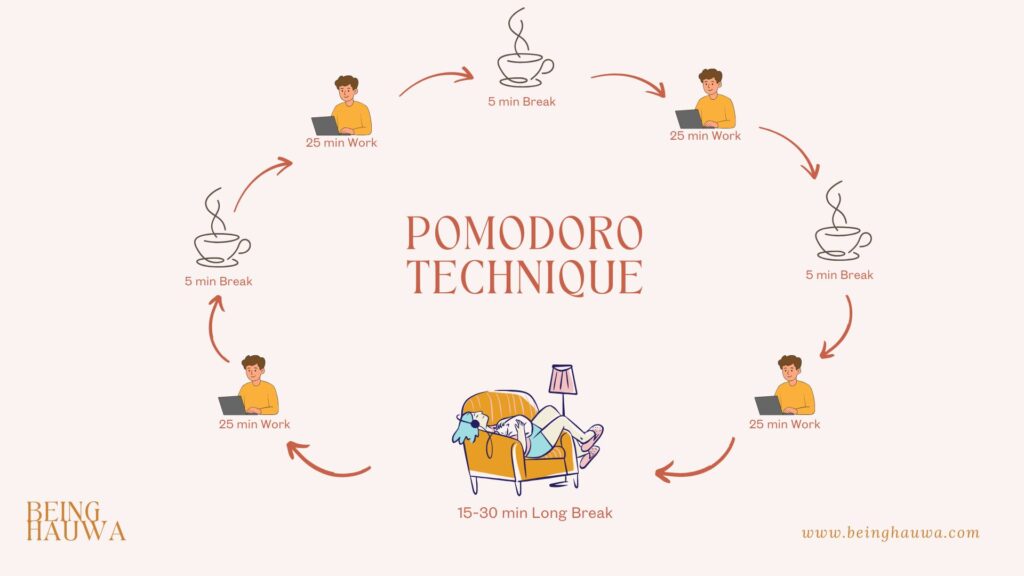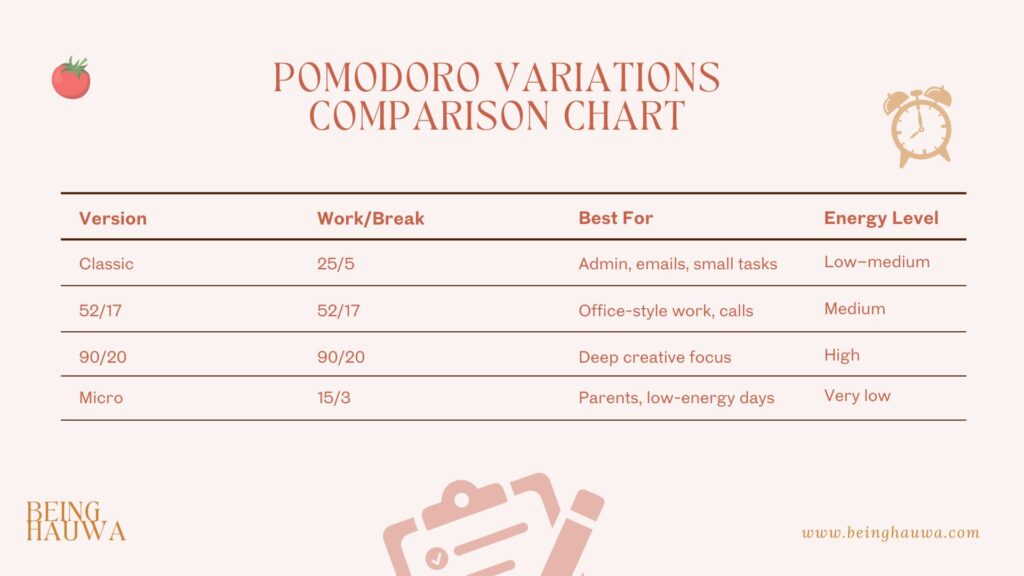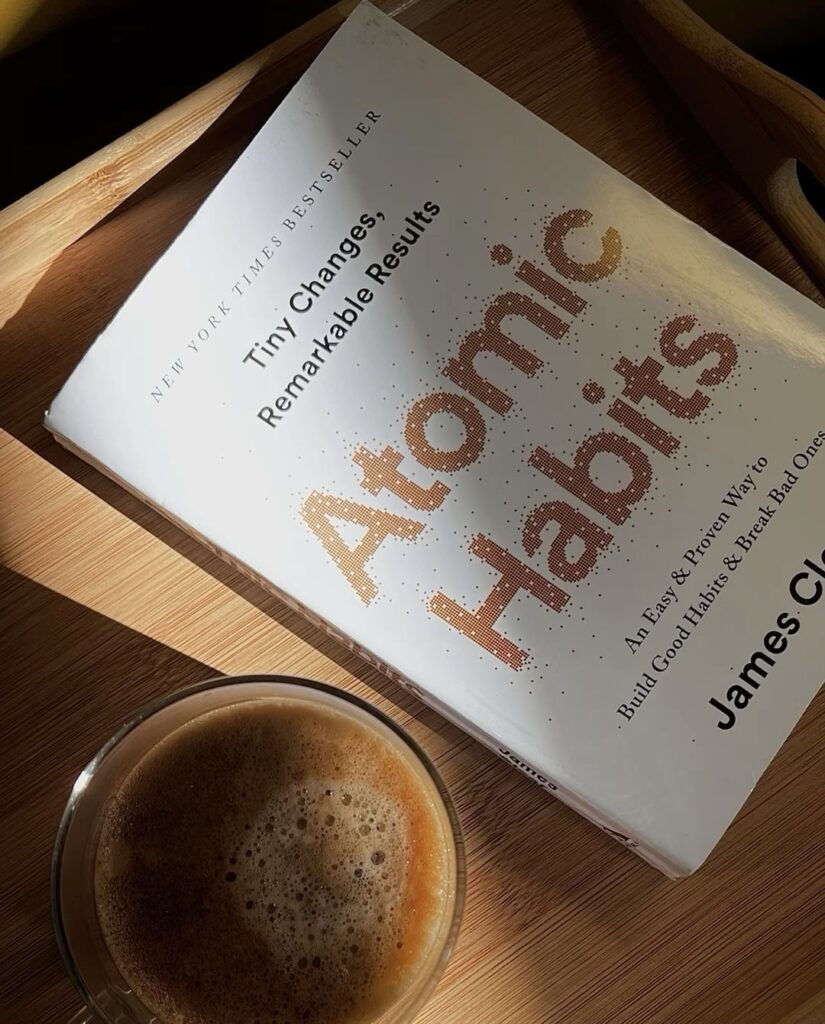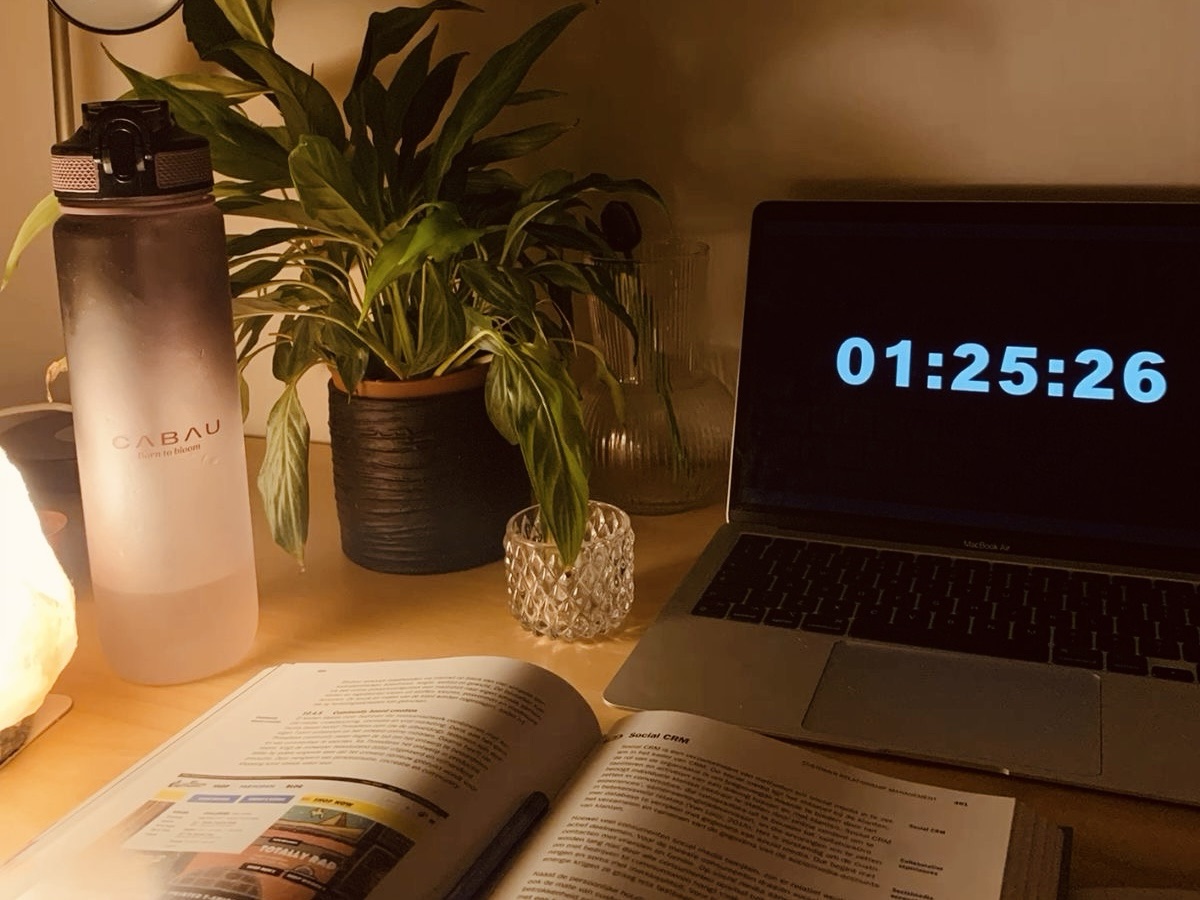Your cart is currently empty!
Freelancing is liberating, but it also comes with a hidden struggle: staying focused without the structure of a 9–5 office. Distractions pile up, deadlines loom, and suddenly you’ve worked all day without meaningful progress. That’s where the Pomodoro Technique comes in.
This deceptively simple time‑management method has helped freelancers worldwide reclaim their focus, reduce burnout, and produce more in less time. In this post, we’ll unpack everything, from the origins of Pomodoro to science‑backed benefits, step‑by‑step instructions, variations, tools, and freelancer specific applications. By the end, you’ll have a complete roadmap to make Pomodoro work for you.

What is the Pomodoro Technique?
At its core, the Pomodoro Technique is about breaking work into short, focused intervals, traditionally 25 minutes, separated by brief breaks. Each interval is called a Pomodoro (Italian for “tomato”), inspired by the tomato shaped kitchen timer its creator used. After four Pomodoros, you take a longer break of 15–30 minutes. This structure keeps your brain fresh and prevents fatigue from creeping in.

Origins & History
The technique was born in the late 1980s, when Francesco Cirillo, an Italian university student, struggled to study effectively. Armed with a kitchen timer shaped like a tomato, he challenged himself to focus for 25 minutes. The method worked, and over time he refined it into what we now know as the Pomodoro Technique. From humble student hack, it has spread globally, embraced by entrepreneurs, creatives, and remote workers.
The Science Behind Pomodoro
Why does something this simple work so well? Neuroscience and psychology provide the answer:
- Attention spans are limited. Studies show sustained focus naturally declines after about 20–40 minutes. Resetting helps maintain sharpness.
- Breaks restore cognitive resources. Micro‑breaks prevent fatigue and improve learning outcomes.
- Timeboxing reduces procrastination. A visible timer creates urgency and commitment, making it harder to drift.
- Ultradian rhythms. Our bodies naturally work in cycles of energy and rest (roughly 90 minutes). Pomodoro aligns with these natural rhythms. For freelancers, especially women balancing multiple roles, this means you can work intensely without burning out, and you can adapt your work to your own energy patterns.

Step-by-Step: How to Use Pomodoro
- Choose a task. Pick one thing you want to focus on.
- Set your timer for 25 minutes. Apps, kitchen timers, or even your phone work.
- Work until the timer rings. Ignore interruptions; jot them down to revisit later.
- Take a 5‑minute break. Step away, stretch, hydrate.
- After 4 Pomodoros, take a longer break. 15–30 minutes to recharge fully.
Example day: A freelance copywriter might do 2 Pomodoros drafting content, 1 for emails, 2 for editing, and 1 for invoicing. That’s 6 solid blocks of focused progress.

Variations of the Pomodoro Technique
- Classic 25/5. Great for admin tasks or when focus is fragile.
- 52/17 rhythm. Based on productivity studies showing many thrive with longer sprints.
- 90/20 ultradian cycle. Aligns with natural body rhythms, perfect for deep creative work.
- Micro‑Pomodoro (15/3). Ideal for parents, caregivers, or low energy days. Experiment and see what matches your task type and energy flow.
Pomodoro for Freelancers
Freelancers wear many hats: marketer, service provider, bookkeeper, and strategist. Pomodoro helps separate these roles into structured focus blocks.
Sample schedules:
- Client‑heavy day (6–8 Pomodoros): Morning deep work (4 Pomodoros), midday calls (2 Pomodoros), late‑day admin (2 Pomodoros).
- Creative + admin split (5–6 Pomodoros): Morning creative block, midday revisions, afternoon invoicing and outreach.
- Parenting or caregiving (flexible Pomodoros): Micro‑Pomodoros during busy hours, longer blocks during nap/school times.
For women freelancers, this flexibility is gold: instead of waiting for “perfect conditions,” you create progress in small, realistic increments.

Tools & Apps
- Forest. Gamifies focus by growing virtual trees. Great for resisting phone use.
- Focus To‑Do. Combines Pomodoro timer with task management.
- PomoDone. Integrates with Trello, Asana, and other client tools.
- Focus Keeper / Be Focused. Minimalist and simple.
- Old‑school kitchen timer. The tactile ritual can be surprisingly effective.

Combining Pomodoro with Other Systems
- Getting Things Done (David Allen). Capture everything, then execute one next action per Pomodoro.
- Deep Work (Cal Newport). Use longer Pomodoro sessions to enter flow states.
- Atomic Habits (James Clear). Turn Pomodoro into a habit loop: cue (timer), routine (work), reward (break).
Common Mistakes & How to Avoid Them
- Using Pomodoro for everything. It’s best for tasks requiring focus, not for meetings.
- Screen‑based breaks. Scrolling Instagram isn’t restful, stretch instead.
- Rigidity. Adapt intervals; the timer serves you, not the other way around.
Real-Life Stories
- Ada, freelance copywriter (Nigeria): By dedicating 2 morning Pomodoros daily to writing before checking emails, she increased her billable work hours by 30%.
- Chioma, designer & mother: Used micro‑Pomodoros during school hours and one long block during nap time. Her productivity rose without sacrificing family time.

FAQs
Q: Can Pomodoro work for creative work? Yes, but many creatives prefer longer sessions (52 or 90 minutes).
Q: What if a task takes longer than 25 minutes? Break it into parts or use a longer variation.
Q: What if I get interrupted? Pause or restart. Treat Pomodoros as indivisible when possible.
Q: How do I know it’s working? Track Pomodoros completed per day/week and compare output.
Conclusion
The Pomodoro Technique is more than a productivity hack, it’s a way of reclaiming focus in a distracted world. For freelancers, especially women navigating multiple roles, it offers a structured yet flexible way to move projects forward without burning out. Start small: commit to just one day of Pomodoros and observe the difference. Chances are, you’ll wonder how you ever worked without it.




Leave a Reply